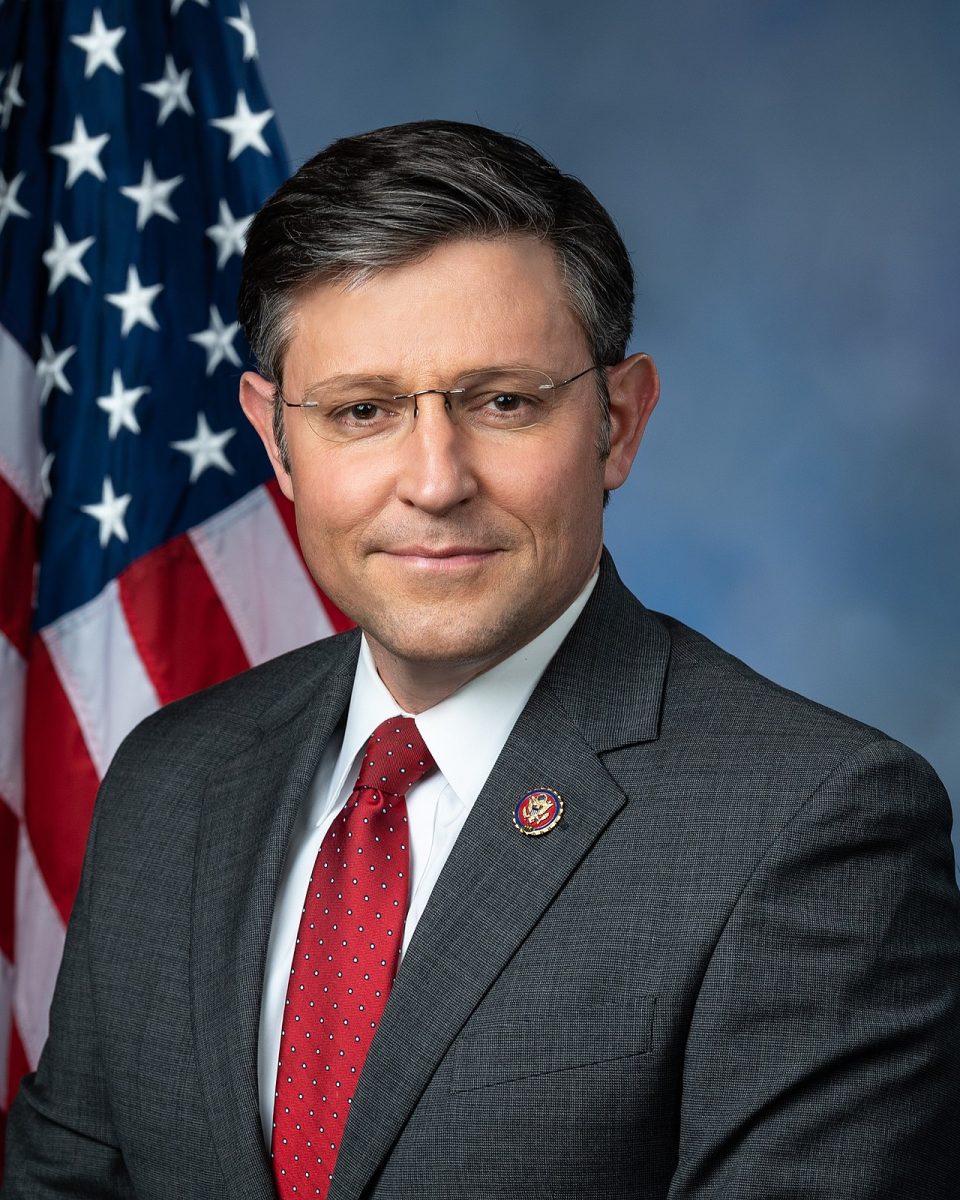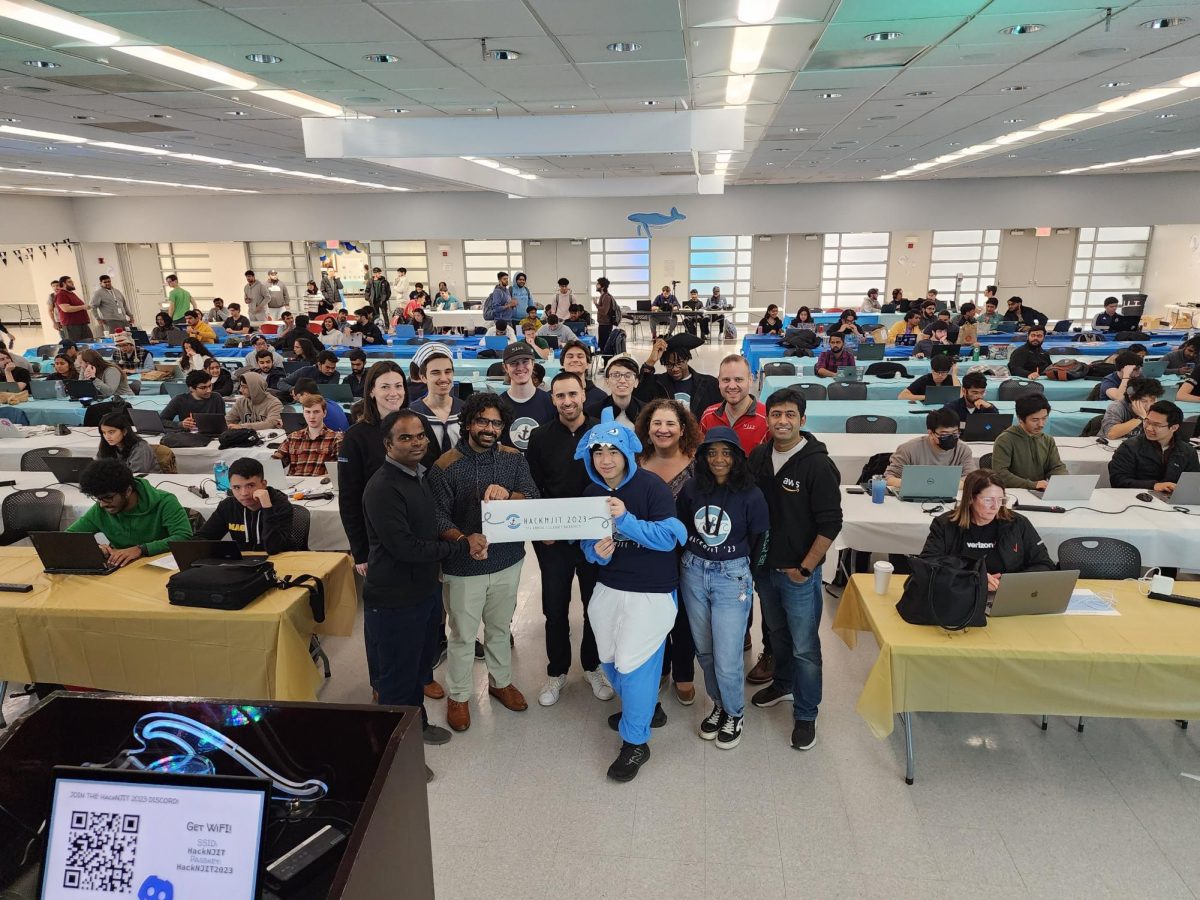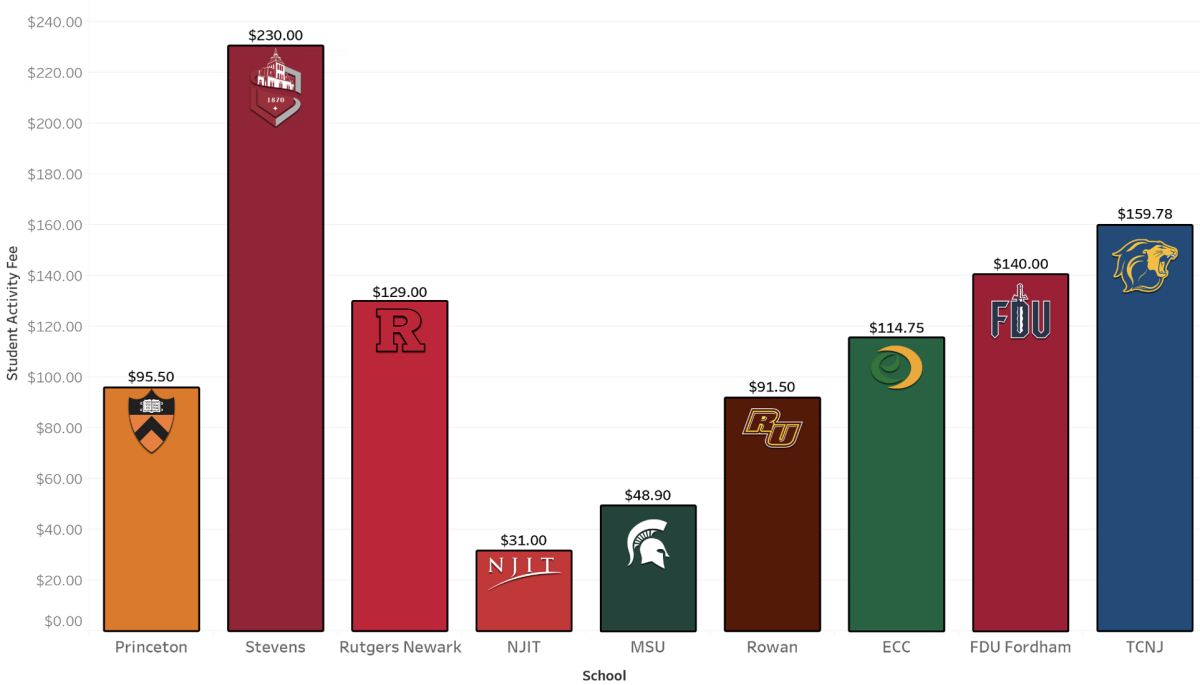A significant conference for our planet, the United Nations Climate Change Conference (COP), took place from Oct. 31 to Nov. 12. At COP26, the twenty-sixth iteration of the conference, big carbon emitters like the United States, China and India agreed with more than 200 countries on tackling climate change. According to The Guardian, scientists “estimate that emissions must be reduced to net-zero by 2050 if the world is to have a good chance of remaining within the 1.5C threshold.” The 1.5C threshold is the preferred temperature rise, described as a “must-have” to prevent sudden catastrophic consequences in the world. According to The Guardian, “1.5C would still result in rising sea levels, bleaching of coral reefs, increase in heat waves, droughts, floods, fierce storms, but these would be far less than the extremes associated with a rise of 2C.” After weeks of discussion, agreements regarding deforestation, methane use reduction, carbon use, and the U.S.-China agreement became somewhat real.
A major deforestation deal reached support from 110 leaders for better measures. It seeks to fund developing countries to restore damaged land and support indigenous communities. According to the BBC, the pledge contains $19.2Bn of private and public funds. 28 countries will seek to stop involving deforestation with the trade of food and agricultural products. In addition, more than 30 countries have committed to stop funding activities linked to deforestation.
Another deal regarding methane emissions was signed by more than 100 countries. The pledge simply commits countries to reduce methane emissions by 30% by the year 2030. It emphasizes reducing methane leaks from fossil fuel infrastructures like oil wells, pipelines and gas wells. In an action plan document, The White House revealed several programs to tackle high methane emissions. One of the U.S. government’s programs is called “climate-start,” which focuses on rewarding farmers and ranchers for reducing methane emissions. The U.S. government is also planning on launching research initiatives to provide “clean and efficient building heating and cooling systems.” According to The White House, methane emissions account for 10% of the U.S. greenhouse emissions.
Despite progress for coal agreements, India and China opposed phasing out coal instead suggesting phasing down. During final discussions on The Glasgow Climate Deal, India suggested that the phrase “phase out unabated coal” be replaced with “phase down coal.” Small islands stated that they needed 1.5C in temperature rise; otherwise, it would mean a death threat to their nations. India’s Environment Minister said, “How can anyone expect that developing countries make promises about phasing out coal and fossil fuel subsidies? Developing countries still have to deal with their poverty reduction agenda.” India is the third-largest carbon emitter in the world.
The two largest carbon emitters globally, the U.S. and China, agreed they would cooperate with carbon-reducing actions. The U.S. Department of State specified its agreements in a press release: “The two sides intend to cooperate on: regulatory frameworks and environmental standards related to reducing emissions of greenhouse gases on the 2020s, maximizing the societal benefits of the clean energy transition, policies to encourage decarbonization and electrification of end-use sectors, key areas related to the circular economy such as green design and renewable resource utilization, and deployment – application of technology such as CCUS [Carbon Capture Utilization and Storage], and direct air capture.” While some measures seem vague, it is essential to recognize that these are the most concrete proposals in the entire conference. U.S. Special Climate Envoy John Kerry said, “I’m absolutely convinced that this is the fastest, best way to get China to move from where it is today.” The United States and China currently account for about 40% of the world’s annual carbon emissions.
While these agreements were in the works, many people took to the streets to protest climate action. According to the BBC, around 100 people marched around Glasgow to demand more effort on the climate crisis. Activists like Greta Thunberg and Vanessa Nakate were present at the rally. Speeches at the protest came from representatives of indigenous people from around the world. Nakate, a Ugandan activist, asserted: “Leaders rarely have the courage to lead. It takes citizens, people like you and me, to rise up and demand action. And when we do that in great enough numbers, our leaders will move.” Charlie Gardner, an associate lecturer at Durrell Institute of Conservation and Ecology, said, “Over 15,000 scientists declared that we’re in a climate emergency, but most aren’t acting as if it’s an emergency.” As world leaders struggled to agree on financing climate change actions, young protesters demanded efficacy in protecting the world.
As global leaders make slow progress, local companies, organizations and institutions can make initiatives. NJIT Green, a student-led initiative to bring sustainability on campus, seeks to transform and maintain campus in a renewable way. They recently implemented recycled bins throughout campus. According to Erin Foody, president of the club, the staff separates the recycling bag if it contains over 70% recyclables and nothing gross; “they may not open the bag and separate it,” Foody said.
The organization held a planting event this year, which included planting flowers in the new green area by Eberhardt Hall. “The goal is to increase both the biodiversity and beauty of the campus,” she added. “As for larger energy projects, we are awaiting the PSE&G energy audit results, which will help the administration to decide what they will upgrade next. If anyone wants to know more about NJIT’s plans for sustainability, they can look at the 2025 strategic plan.”
NJIT also recently partnered with ENGIE, a renewable energy supplier which is part of the Environmental Coalition at the America East Athletic Conference. According to an article on NJIT’s website, “the university will purchase renewable energy from a portfolio of hydropower facilities equal to nearly 100% of its forecasted electricity consumption. This agreement achieves one of the strongest commitments for renewable power procurement in a retail energy purchase.”






































